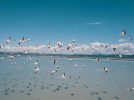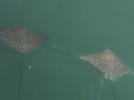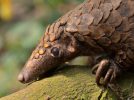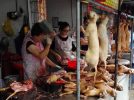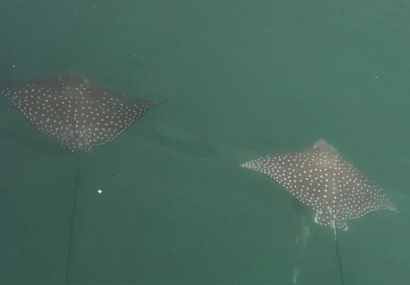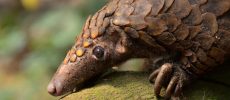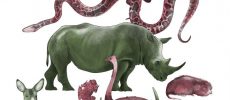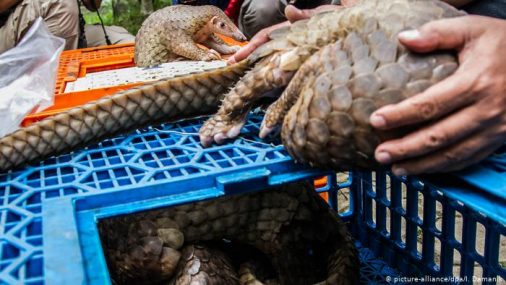
COVID-19 is the latest example of how human impact on biodiverse areas and wildlife habitats is linked to the spread of infectious diseases.
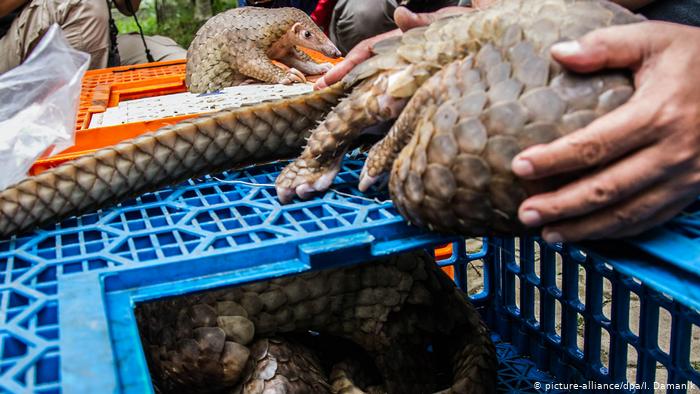
After the novel coronavirus broke out in Wuhan, China in late December 2019, it didn’t take long for conspiracy theorists to claim it was manufactured in a nearby lab.
Scientific consensus, on the other hand, is that the virus — SARS-CoV-2 — is a zoonotic disease that jumped from animal to human. It most likely originated in a bat, possibly before passing through another mammal.
While the virus was certainly not engineered in a laboratory, this doesn’t mean we haven’t played a role in the current pandemic. Human impingement on natural habitats, biodiversity loss and ecosystem degradation are making virus spillover events much more likely, a major new study from scientists in Australia and the US has found.
The number of emerging infectious disease outbreaks has more than tripled every decade since the 1980s. More than two thirds of these diseases originate in animals, and about 70% of those come from wild animals. Many of the infectious diseases we’re familiar with — Ebola, HIV, swine and avian flu — are zoonotic.
Aided by a hyper-connected global population, SARS-CoV-2 and the disease it causes, COVID-19, has also demonstrated how quickly modern outbreaks can become pandemics.
While the speed at which COVID-19 has spread across the world has shocked many, scientists have long been warning of such a pandemic.
By disrupting ecosystems, we have created the conditions that allow animal viruses to cross over into human populations, says Joachim Spangenberg, ecologist and vice-president of the Sustainable Europe Research Institute.
“We are creating this situation, not the animals,” Spangenberg told DW.
Deforestation, habitat encroachment
As people move further into the territories of wild animals to clear forests, raise livestock, hunt and extract resources, we are increasingly exposed to the pathogens that normally never leave these places and the bodies they inhabit.
“We’re getting closer and closer to wild animals,” says Yan Xiang, professor of virology at the University of Texas Health Science Center, “and that brings us into contact with these viruses.”
Read more on dw.com
 Previous Article
Previous Article Next Article
Next Article